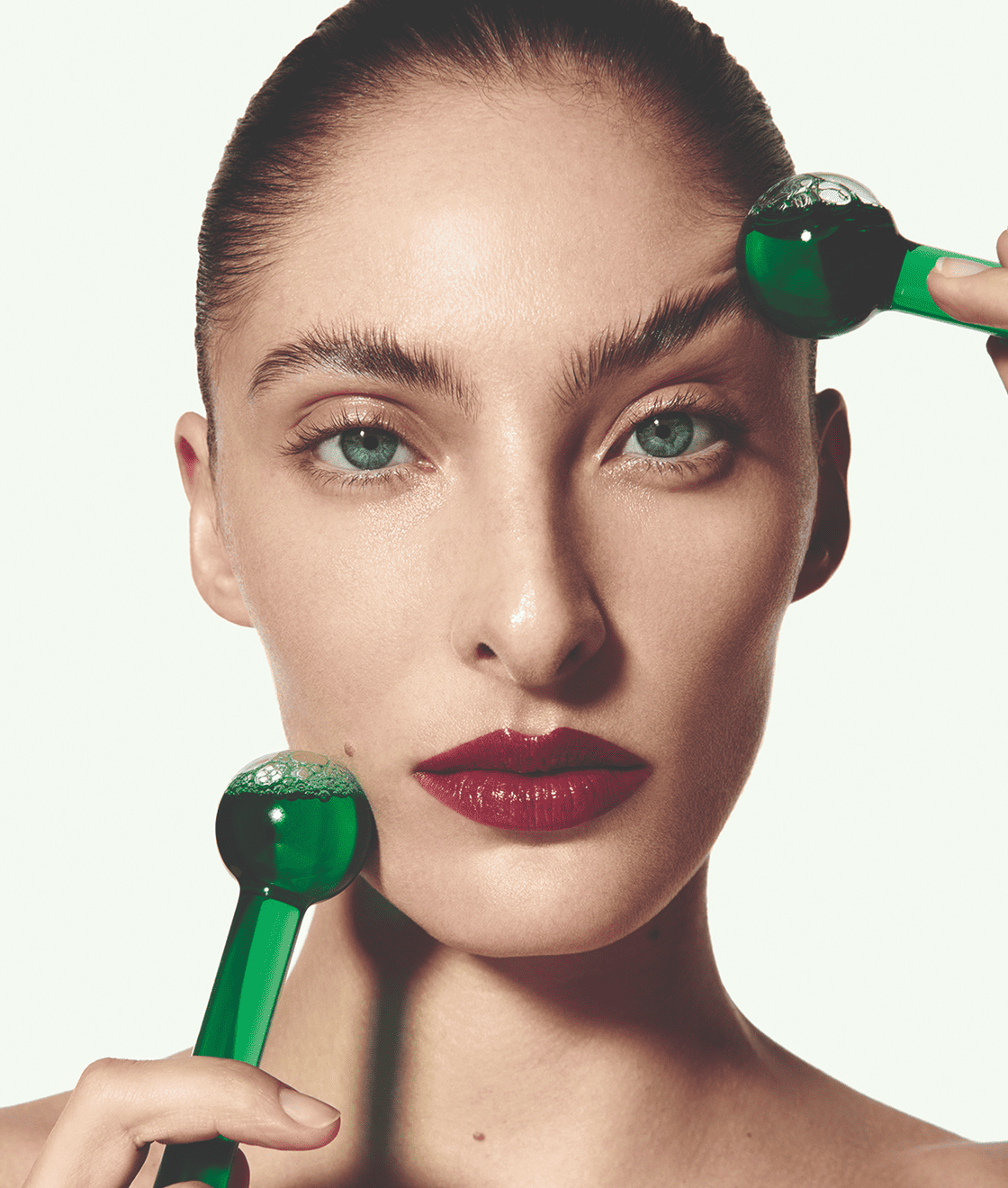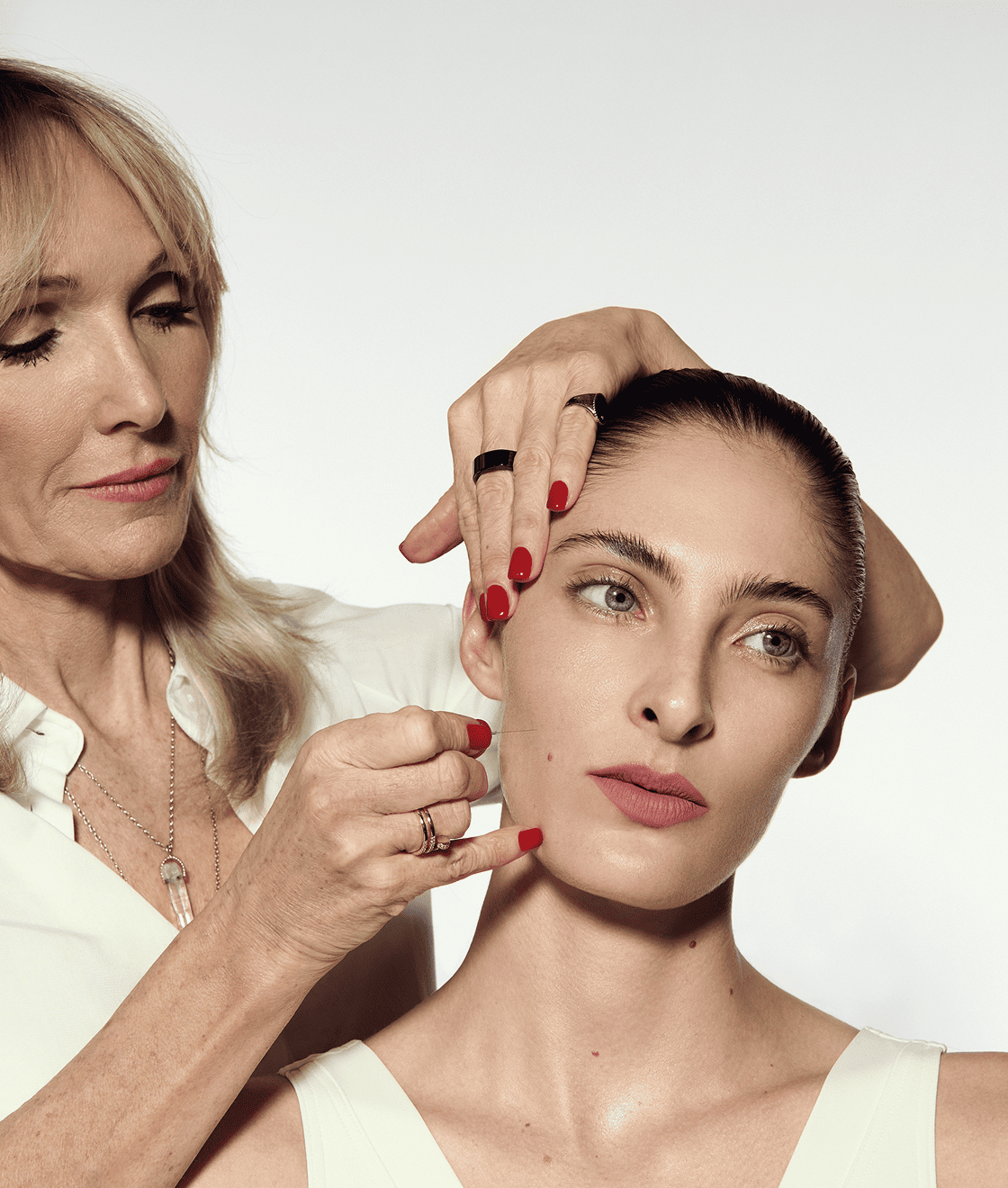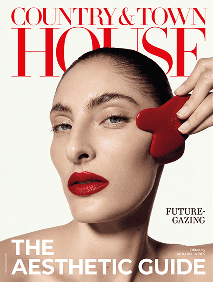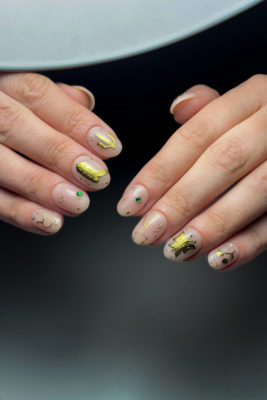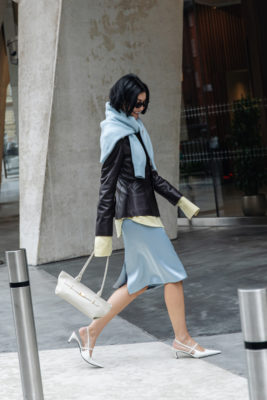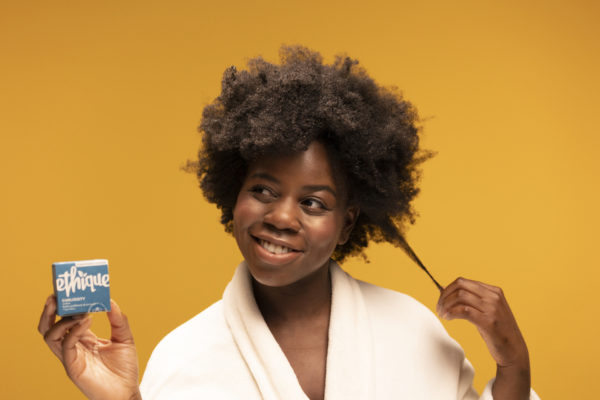‘Honey,’ I’m standing at a zebra crossing in West Hollywood when the woman accosts me. She puts a hand on my bicep, narrows her eyes with a concern verging on pity – like I’ve got toilet paper stuck to my shoe, or maybe my skirt is tucked into my knickers. Either way, I’ve clearly breached some kind of etiquette. ‘Can I give you my guy’s number?’ she asks, eyes flicking from my forehead to my nasolabial folds (and widening a fraction as they drop down to my jawline). ‘He’ll fix all that right up.’
‘All that’ was my 43-year-old face. Because this charming little vignette happened six years ago, when I was living in LA. And ‘her guy’? When I looked him up, he turned out to be some Beverly Hills injectables messiah whose work was – how can I put this? – about as subtle as an over-pumped-and-ready-to-pop helium balloon. So I gave him and the injectables a miss, but the encounter did get me thinking. If you don’t want to go down the injectables route, what are your options? And I mean real, as-good-as-if-not-better options? It got me researching and compiling a non-invasive beauty armoury I rely on (and keep adding to) today. And if that sounds ludicrously high maintenance, it’s because I am.
I’ll pretend to be Zen about ageing in front of my husband and daughter, but really, I’m not. There are aspects of this I can deal with (fine lines around the eyes, a few, deeper brow lines) and others I’m just not prepared to take lying down. The jowls, for example and the pouchiness: the weird, generalised facial subsidence. My dermatologist of 15 years, Dr Rowland Payne, calls this ‘the slowly melting half pound of butter’. He explains how, because the middle third of our faces is ‘largely unanchored and has more fat in it than the other two thirds, it suffers from gravity and drifts inexorably downwards,’ like that half pound of butter, culminating in what I call ‘Churchill bulldog face’. Oh no.
So, what do you do? You fight tooth and nail against gravity, you keep pounding up the downward moving escalator, using those essential tools: a combination of occasional heavy-hitters, super-facials and daily face-saving ‘n’ snatching habits.
The most effective needle-less heavy-hitter I’ve discovered for jowls is HIFU. Dr Rowland Payne introduced me to high intensity focused ultrasound five years ago, and I’ve been doing it twice a year ever since. It doesn’t hurt, it takes just 20 minutes, there’s no downtime – and crucially: it works. ‘Most face lift surgery works by putting a tuck in the SMAS [superficial musculoaponeurotic system, the layer connecting mimetic muscles to the dermis], thereby pulling the middle third of the face back towards the ear,’ the London Clinic dermatologist explains. ‘HIFU achieves a similar effect by causing microdots of inflammation within the SMAS layer that lead to the creation of new collagen and a consequent tightening – all without a scalpel or an injection.’


